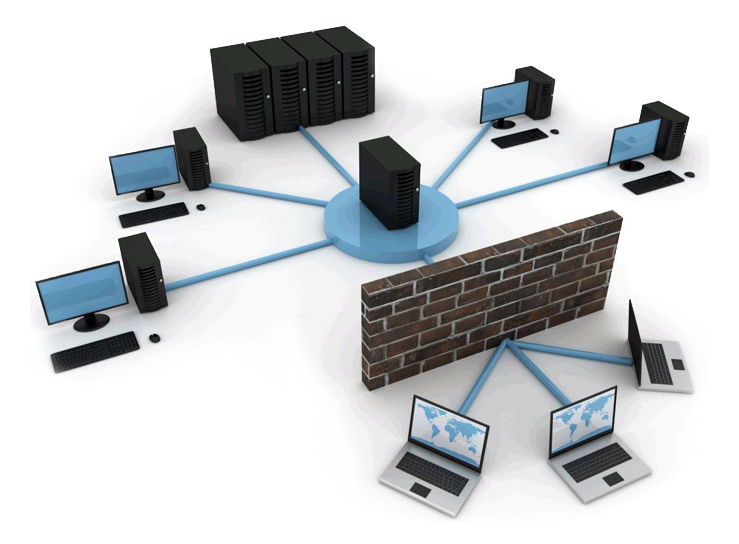
Effective patch management is crucial for maintaining a secure and resilient IT infrastructure. With cyber threats evolving at an alarming pace, applying patches in a timely manner is essential to protect against vulnerabilities. In this blog post, we will explore the importance of proactive patch management, the benefits of automated patching tools, and the significance of staying informed about the latest patches and vulnerabilities through vendor updates and security advisories.
Implementing a Proactive Patch Management Schedule:
Timely patch deployment is a key aspect of effective vulnerability mitigation. By implementing a proactive patch management schedule, organizations can stay ahead of potential threats and ensure the security of their systems. Consider the following best practices:
Regular Patch Assessments:
Conduct regular assessments to identify systems and software that require patching.
Prioritize patches based on criticality, severity, and the potential impact on the organization.
Define a schedule for patch deployment, taking into account the urgency of each patch.

Test Patches in a Controlled Environment:
Before deploying patches to production environments, thoroughly test them in a controlled environment.
Evaluate compatibility, performance, and any potential conflicts that may arise from the patch deployment.
This testing phase helps minimize disruptions and ensures the stability of the systems after patch installation.
Automate Patch Deployment:
Consider implementing automated patch management tools that streamline the patching process.
These tools can automate patch discovery, download, testing, and deployment, reducing human error and saving time. Automation allows for efficient patch distribution across multiple systems, ensuring consistency and uniformity. To stay proactive in your patch management efforts, it is crucial to stay informed about the latest patches and vulnerabilities. Here are some recommended practices:
Monitor Vendor Updates:
Regularly monitor vendor websites and subscribe to their newsletters or mailing lists.
Stay informed about new patches, security updates, and software vulnerabilities that vendors release.
Promptly assess the applicability and criticality of these updates to your systems and prioritize their deployment accordingly.
Subscribe to Security Advisories:
Stay up to date with security advisories from trusted sources such as CERT/CC, NIST, or industry-specific security forums. These advisories provide valuable information about emerging threats, vulnerabilities, and recommended mitigation measures.
Timely patch deployment is a fundamental aspect of maintaining a secure IT infrastructure. By implementing a proactive patch management schedule, leveraging automated patching tools, and staying informed about the latest patches and vulnerabilities through vendor updates and security advisories, organizations can effectively mitigate risks and protect their systems from potential cyber threats. Make patch management a priority in your organization, and establish a robust framework to ensure timely patch deployment and vulnerability mitigation.

